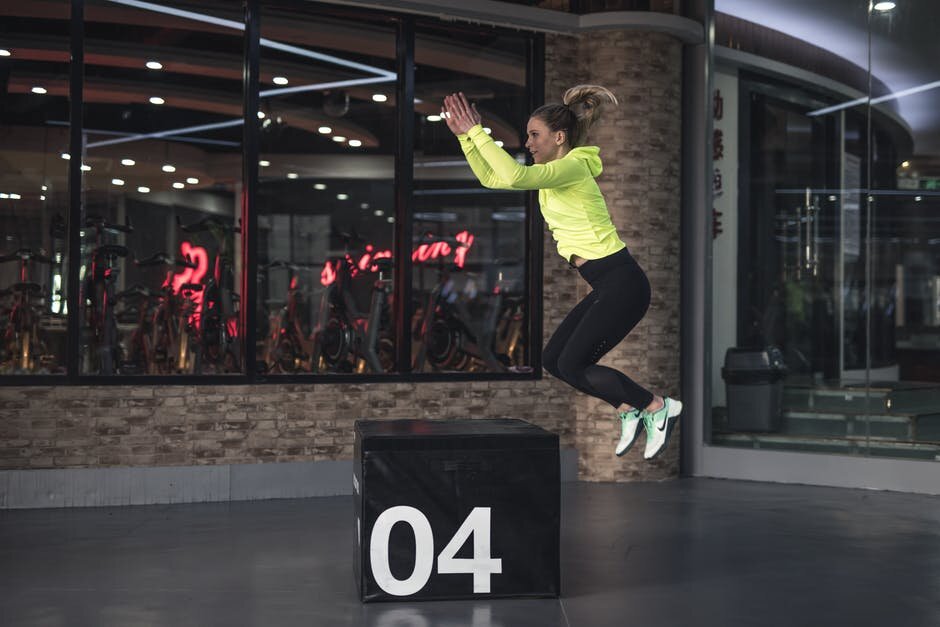Bone density loss is most commonly associated with diagnoses including osteopenia and osteoporosis where affected individuals fall below the mean bone density levels of their peers. In our previous blog we described recent research indicating these individuals can improve their bone density through progressive weight training and jump training. This study challenged previously held incorrect beliefs on the inability of exercise to reverse bone loss in this population. Another at risk population includes non weight bearing athletes including swimmers and cyclists who do not perform concurrent weight bearing exercise. Previous research has shown these two groups of athletes have less bone density than their peers in weight bearing sports such as soccer. These athletes can develop a loss of bone density due to the lack of loading movements which promote density in the spinal and extremity bones. A recent study analyzed the impact of jumping exercises within these two athlete groups.
Vlachopoulos and colleagues randomized 93 adolescent swimmers, cyclists, and soccer players to one of two either sport participation and jump training or sports participation alone (Arch Osteoporosis. 2018). All athletes in the jumping intervention performed jump training in 3, 12 week blocks of training over a 9 month period. Authors utilized counter movement jumps of progressive intensity utilizing weighted vests. Athletes performed countermovement jumps 3 sets of 20, 3 times a week in block 1; 4 sets of 20, 2 kg vest, 3 times per week in block 2; and 3 sets of 20 jumps, 5 kg vest, 4 times per week in the final block. Bone mass was measured before and after the study using a DEXA scan. As expected, authors found improved bone density in the swimmers and cyclists who participated in the jump training group. Surprisingly, soccer athletes did not significantly increase their bone mass indicating the jump training was likely not intense enough relative to their weight bearing activity.
Authors concluded jump training can improve bone mass and stiffness in non weight bearing sports such as swimming and cycling. Athletes are encouraged to pursue cross training, weight training, and jump training to strengthen their bones while participating in non weight bearing sports.

